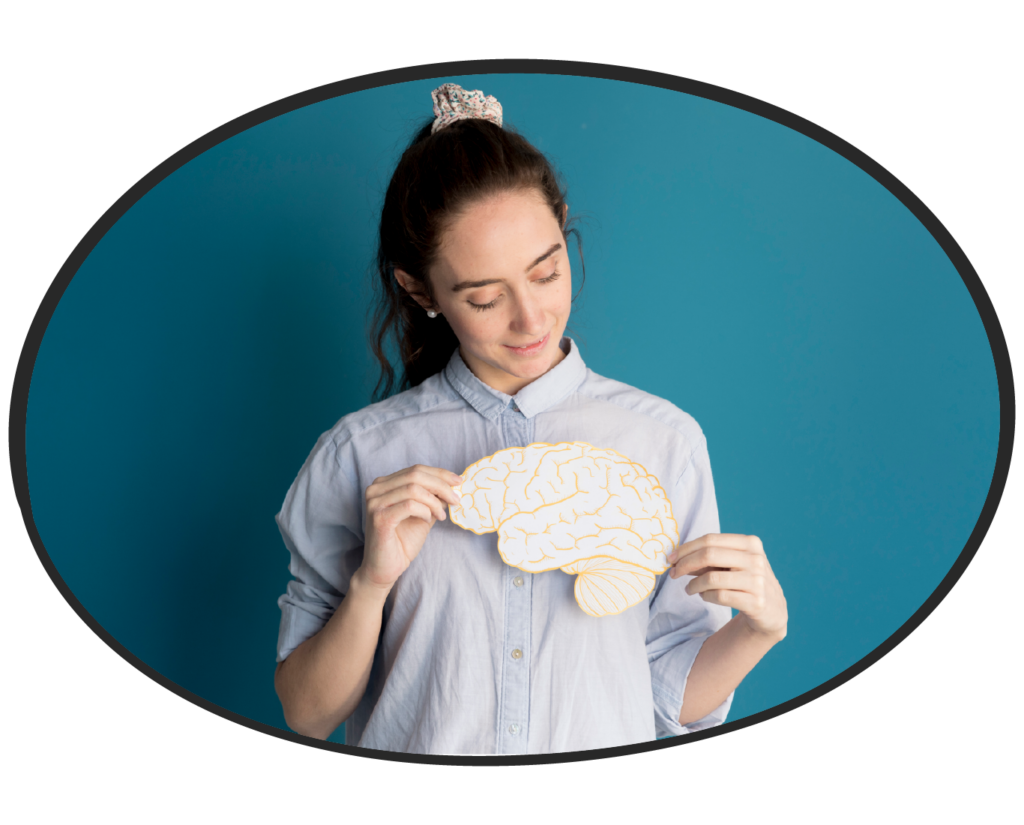An injectable treatment for low desire available for American and Canadian women
In 2019, the US FDA approved a new treatment for women suffering from low sexual desire with distress. Known as bremelanotide, it mimics a substance naturally found in the brain, known as a melanocortin.
Melanocortins are a category of substances which are involved in sexual excitation. This study investigated how well this new drug worked to improve low desire and its related distress in women, next to several other sexual health indicators.

What was the process?
Participants were randomly assigned to either the bremelanotide or the placebo. After a screening period and a test period with the placebo for all participants (no-treatment month), both groups had 24 weeks to use their assigned treatment.
Either the bremelanotide or the placebo was self-injected under the skin as needed, about 45 minutes before expected sexual activity. They were permitted to take the treatment up to 12 times each month during the 6-month study.
Participants completed questionnaires at multiple time points in the study (during the screening, during the no-treatment month, and every 4 weeks) to report their level of sexual desire, their level of distress, how well they felt the treatment was working, or if they didn’t feel the treatment worked at all.
Who participated?
Women were recruited from doctor’s offices, medical centers, and research clinics to take part in the study. A total of 1267 women took part, mostly from the United States.
To be included, participants had to be premenopausal, diagnosed with low sexual desire with distress by a physician, and in a stable monogamous relationship with a male or female partner (however, women in same-sex relationships composed only 1.8% of the participants).
Improvements in both desire and distress
The women who took bremelanotide reported significant increases in sexual desire over the course of the study. In addition, the treatment group showed significant decreases in distress related to low sexual desire over the same period.
For both of these endpoints, differences were already seen at week 4 and continued over the course of the study.
The number of satisfying sexual events reported by participants was not meaningfully different between treatment groups, meaning that participants who took bremelanotide did not report having more sex that was satisfying for them by the end of the study than those who took the placebo.
...but also a strong placebo effect
However, it wasn’t just participants in the bremelanotide arm who reported higher desire and lower distress. About 35% of women in the placebo arm also reported improvements in these measures from the start to the end of the study. As the article authors commented, a high placebo response can be common when what you are measuring is subjective, and when participants are expecting a positive response.
(Editor’s note: because the drug is injectable, this may also create greater expectation as the participants had likely never taken a medication in this way before. Also, there may be positive feelings around the potential treatment because the medication must be taken quite shortly before an anticipated sexual encounter.)
Unfortunately, side effects are common
Of the women who took bremelanotide, 76% experienced (mostly) mild to moderate side effects, with the most common (40%) being nausea. One-fifth of those who experienced nausea decided to discontinue the study as a result.
Conclusion
This study showed that bremelanotide may improve sexual desire and decrease distress related to sexual desire, even with a strong placebo effect. However side effects may be common, so it’s something to consider before taking this medication.
Reference article:
Kingsberg SA et al. (2019) Bremelanotide for the Treatment of Hypoactive Sexual Desire Disorder: Two Randomized Phase 3 Trials. Obstet Gynecol. Nov; 134(5): 899-908.